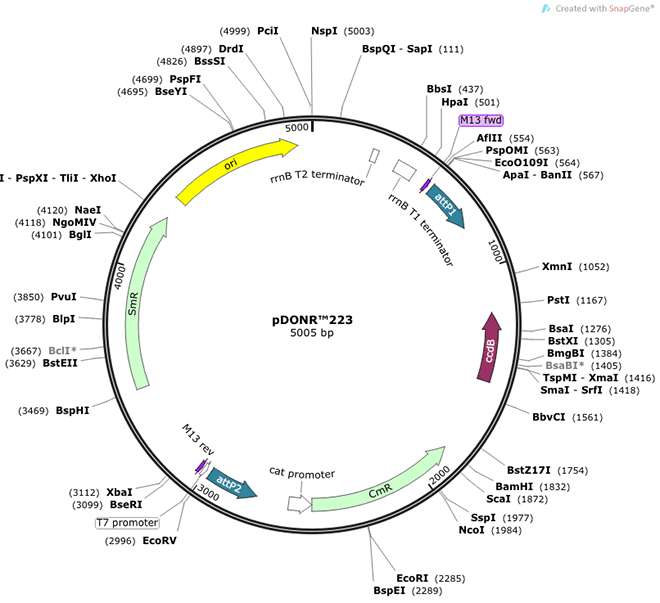The protein encoded by this gene is a member of the transmembrane 4 superfamily, also known as the tetraspanin family. Most of these members are cell-surface proteins that are characterized by the presence of four hydrophobic domains. The proteins mediate signal transduction events that play a role in the regulation of cell development, activation, growth and motility. The protein encoded by this gene is a cell surface glycoprotein and is highly similar in sequence to the transmembrane 4 superfamily member 2 protein. It functions as a negative regulator of retinoic acid-inducible gene I-like receptor-mediated immune signaling via its interaction with the mitochondrial antiviral signaling-centered signalosome. This gene uses alternative polyadenylation sites, and multiple transcript variants result from alternative splicing. [provided by RefSeq, Jul 2013]


